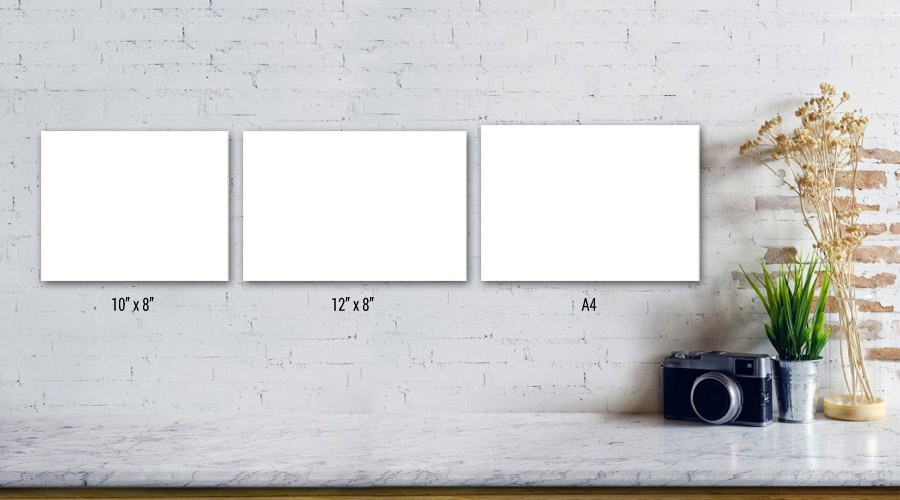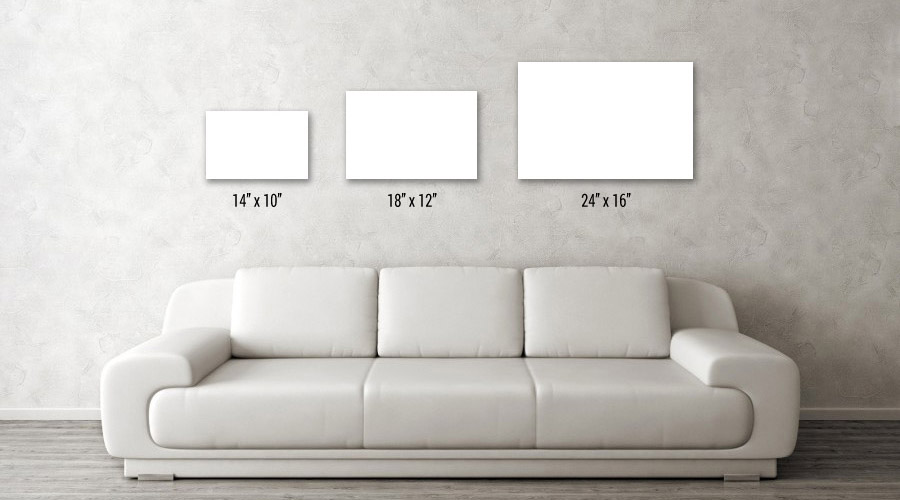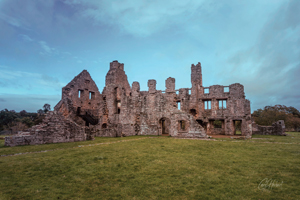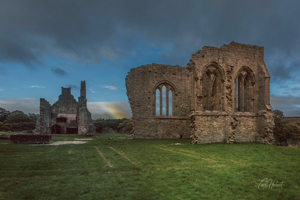


Ruined Egglestone Abbey Wall Art Print
Ruined Egglestone Abbey Wall Art Print.
This high-quality photographic print is available in three paper options to suit your personal taste and style.
- Lustre - a stiff, middle-weight 270gsm paper with a slight surface sheen and bright white base. A multi award winning paper that’s easy to handle with a great colour gamut.
- Gloss - a stiff, middle-weight 270gsm paper with a highly reflective gloss finish and bright white base. Wide colour gamut and high D-MAX combine to create stunning results.
- Fine Art Matt - with its distinctive smooth and chalky feel, this popular 308gsm Hahnemühle paper boasts a lightly defined surface that’s ultra-matte with rich colours, lending each printed image a three-dimensional appearance and impressive pictorial depth.
The print will be supplied with a 1/4inch white border unless otherwise specified.
If you will be displaying the print behind glass/plexiglass the matt and lustre finishes are recommended to reduce any glare.
Available in sizes up to 24" x 16" ready for you to mount and frame as desired
The use of acid-free papers and archival inks ensures that your print will last a lifetime without fading or loss of color.
Egglestone Abbey is located in North Yorkshire, just south-east of Barnard Castle. The Abbey was founded some time between 1168 and 1198 and it's founders - the Premonstratensians - wore a white habit and became known as the White Canons. It suffered at the hands of Scottish invaders and the rowdy English army who were billeted there in 1346 on their way to the Battle of Neville's Cross outside Durham and was dissolved by King Henry VIII in 1540, with the lands granted to Robert Strelly in 1548, who converted some of the buildings into a great private house that was abandoned in the mid-19th century.



